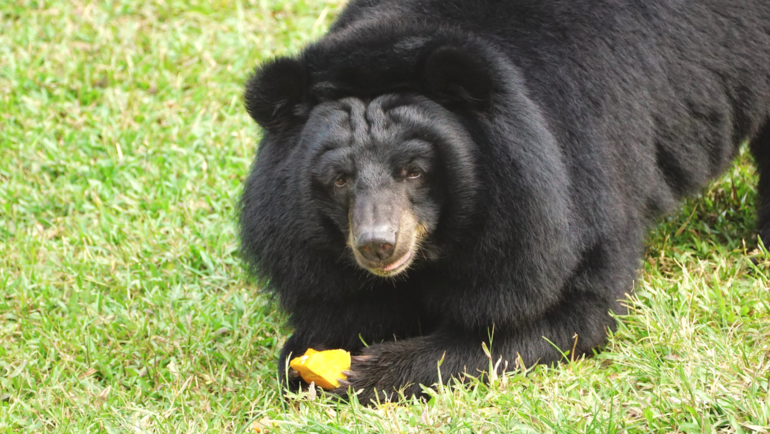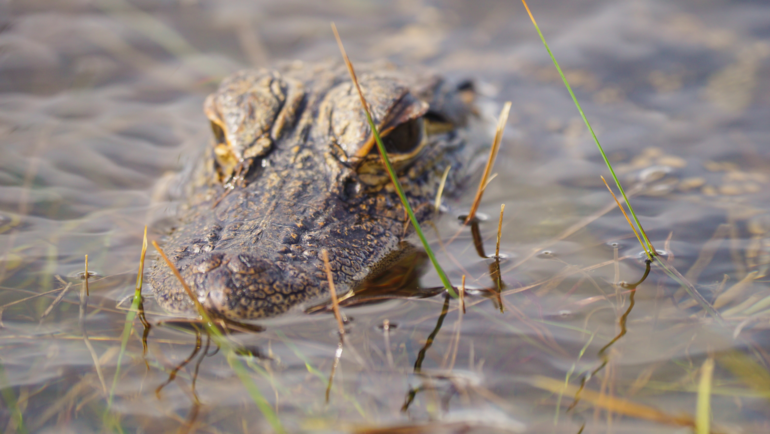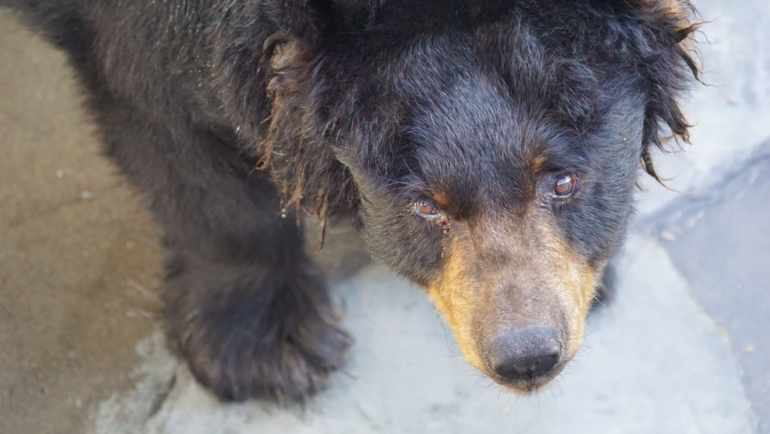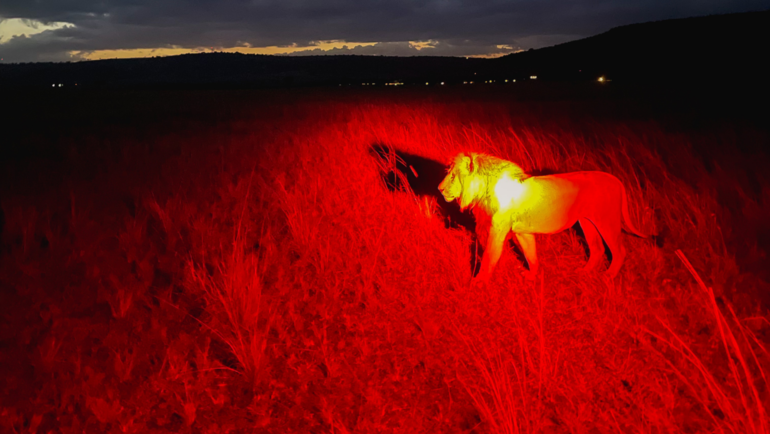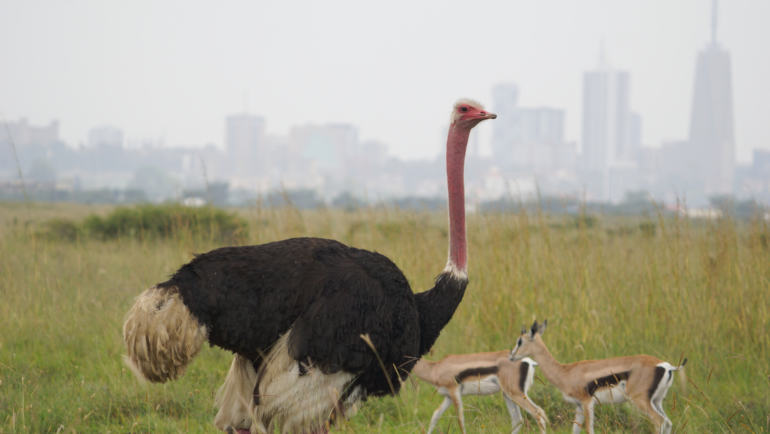America’s Pacific Northwest is known for its wildlife. Whether on land, sea, or air, the possibilities are endless for observing animals in their natural habitat from San Juan Island, Washington.
9 Animals to See from San Juan Island, Washington
Hands down – my biggest draw for visiting San Juan Island was for their superb whale watching opportunities both on land and at sea. In fact, during our weeklong stay in September of 2018, every plan we made revolved around trying to observe wild orcas. That led us to four different means of ethical whale watching during our trip; we booked a guided boat tour, a day-long sea kayaking excursion, mapped the best shorelines to watch from, and even stayed at a rental house with a private hot tub for whale watching. But these small unassuming islands off the Washington coast offer far more wildlife to observe than just orcas. The San Juan Islands are surrounded by the Salish Sea – which is considered some of the most nutrient-rich waters in the world. This provides a healthy ecosystem for terrestrial, marine, and freshwater wildlife. Because of this San Juan Island plays host to a fantastic array of wildlife encounters on land, sea, and air! Before your journey to the Pacific Northwest here are nine animals to become familiar with: harbor seal, red fox, bald eagle, humpback whale, black-tailed deer, otter, Steller sea lion, harbor porpoise, and orca.
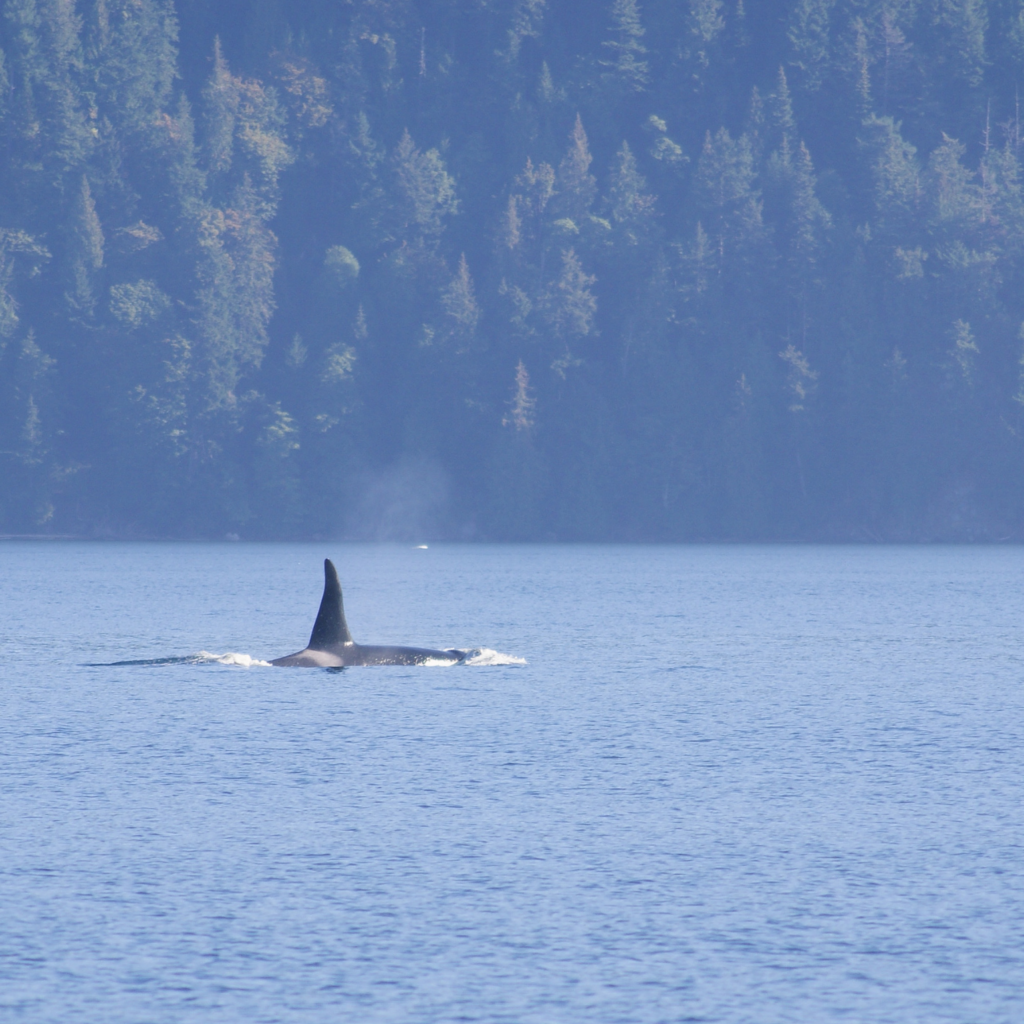
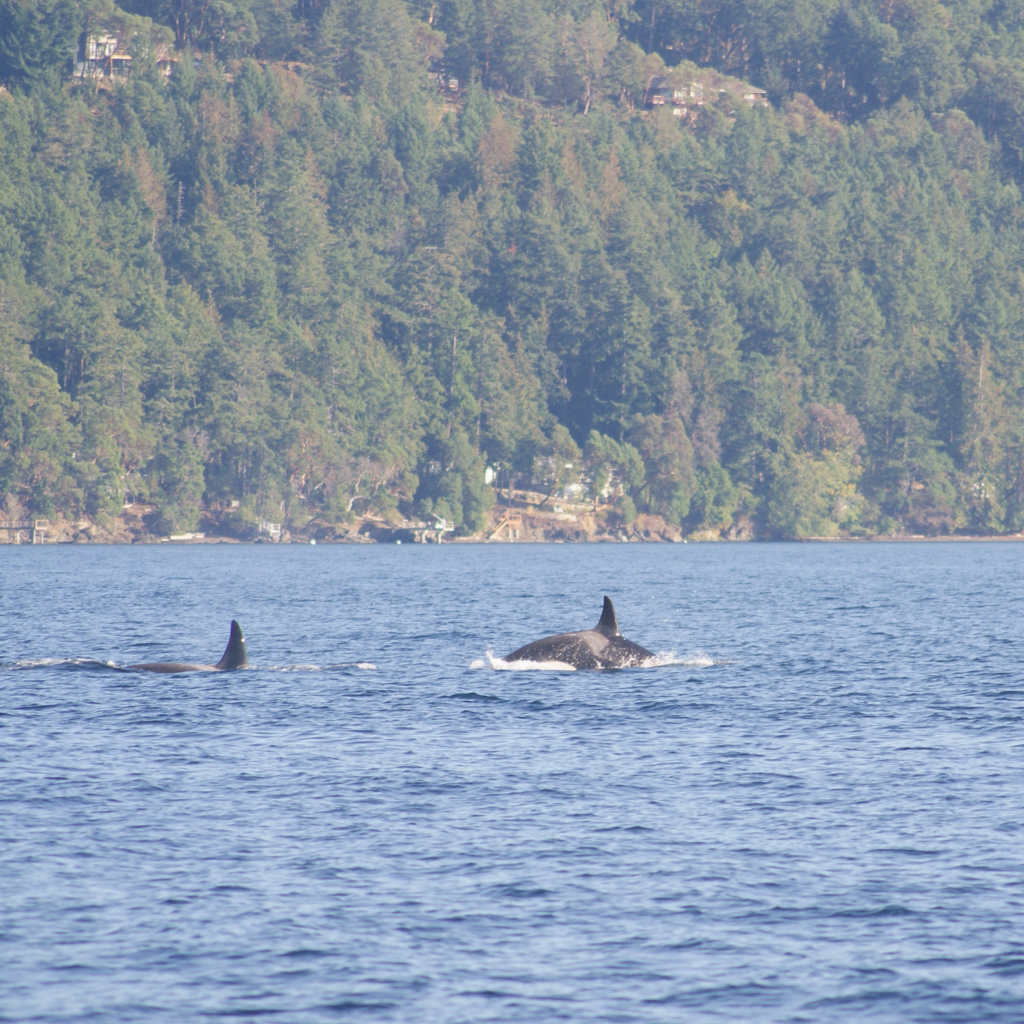
Orca: The Wolves of the Salish Sea
Easily the most iconic residents of San Juan Island are the orcas. In fact, the island is considered one of the world’s best locations for observing orcas in the wild. The Salish Sea is home to two ecotypes (distinct groups) of orcas; Bigg’s or transient orcas and southern resident orcas. Oddly enough the biggest difference between these two ecotypes is their diets; Bigg’s eat other marine mammals, while southern residents dine almost exclusively on salmon. Like many others, seeing orcas was my primary reason for visiting San Juan Island. The island has been made famous for Lime Kiln Point State Park and its superb shore for viewing orcas from land. I cannot recommend observing wild orcas enough, it is such a mesmerizing experience I will never forget. The sound from their erupting blowholes coming up for a breath is truly captivating.
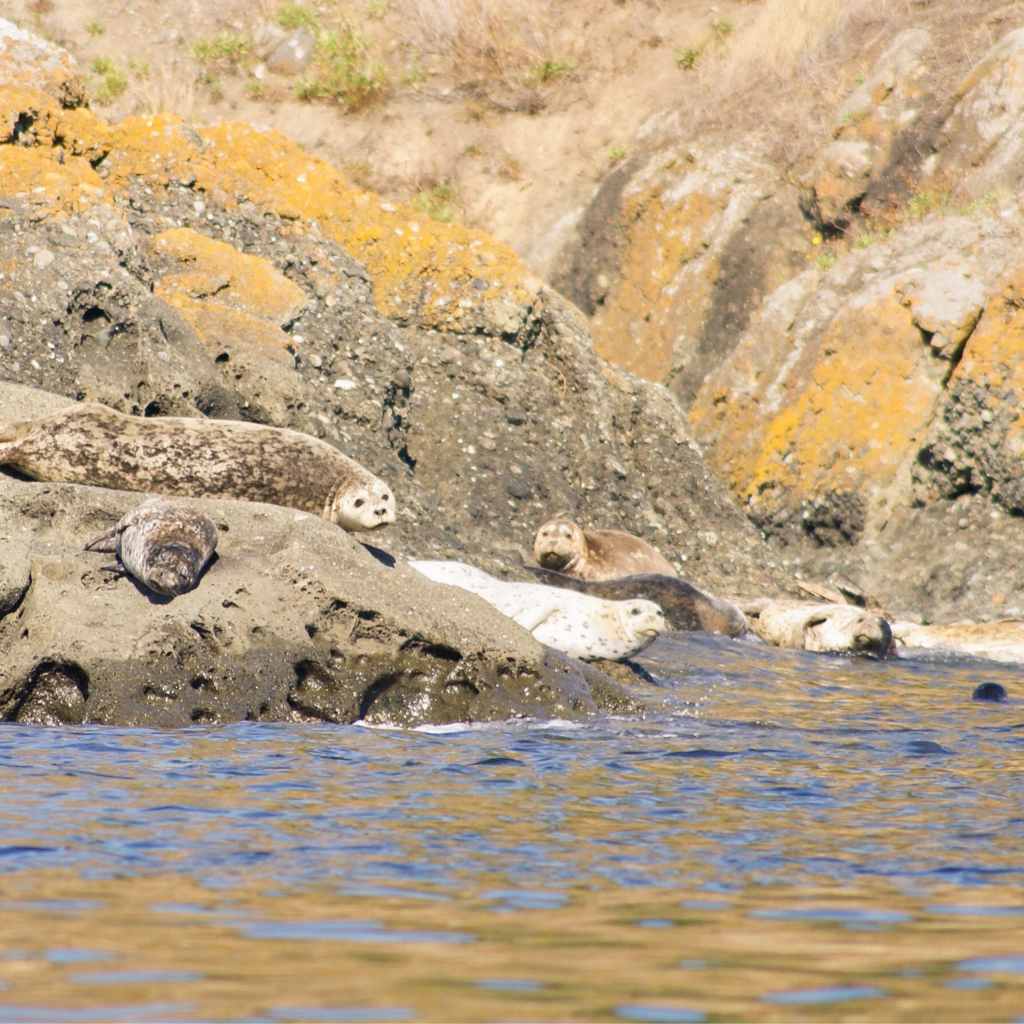
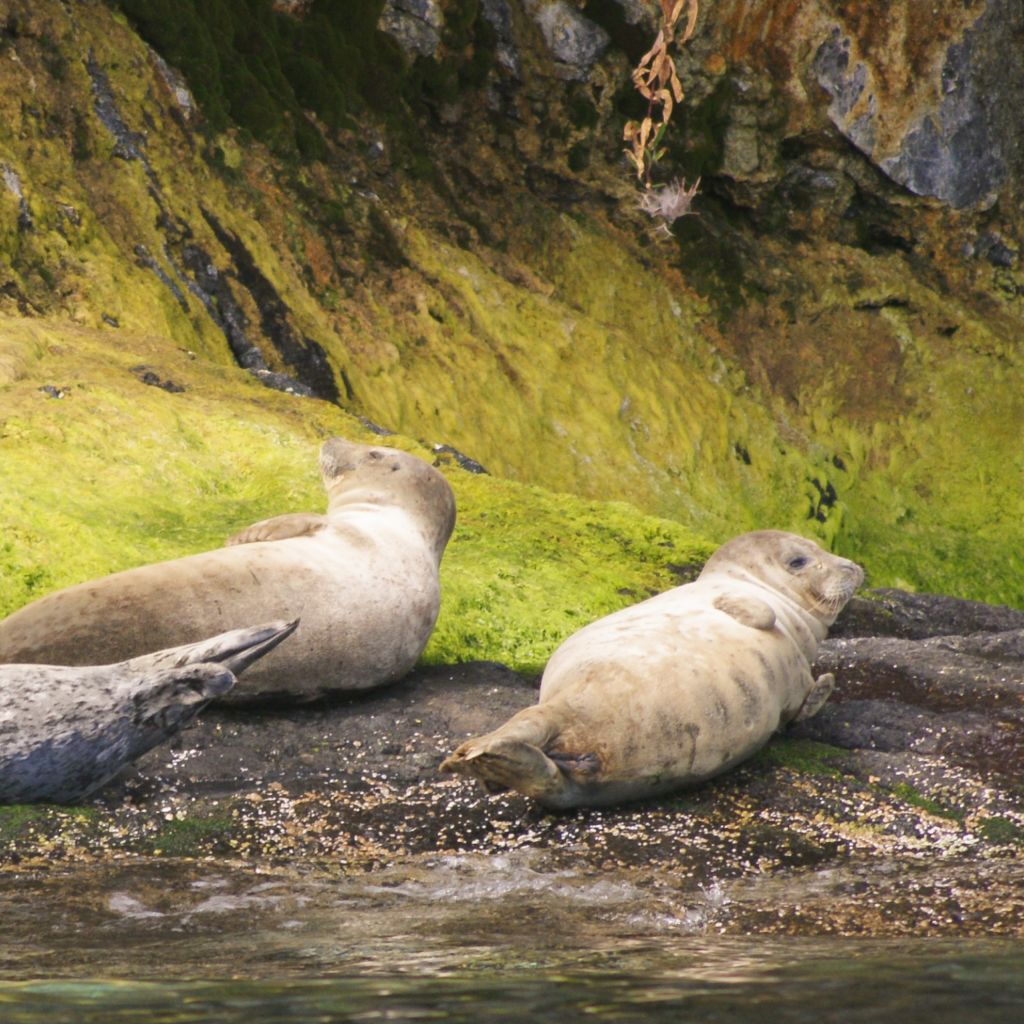
Harbor Seal: AKA Rock Sausages of San Juan Island
You would be hard-pressed to find someone that doesn’t go gaga over harbor seals. These plump pinnipeds, sometimes even called rock sausages, are just too cute to handle! Luckily enough you have a nearly 100% chance of spotting them around San Juan Island’s rocky shores, they are plentiful. In fact, harbor seals have a range that spans much of the northern hemisphere. Because they cannot rotate their pelvis as sea lions can, seals are typically found very close to the water’s edge. Their bodies are designed for underwater maneuvering, not for scampering about on land. As the world’s second-smallest seal, they are the primary diet of Bigg’s (transient) orcas in the area. During the summer when harbor seals are raising pups, the San Juan Islands usually notice an increase in Bigg’s orcas hunting the waters.
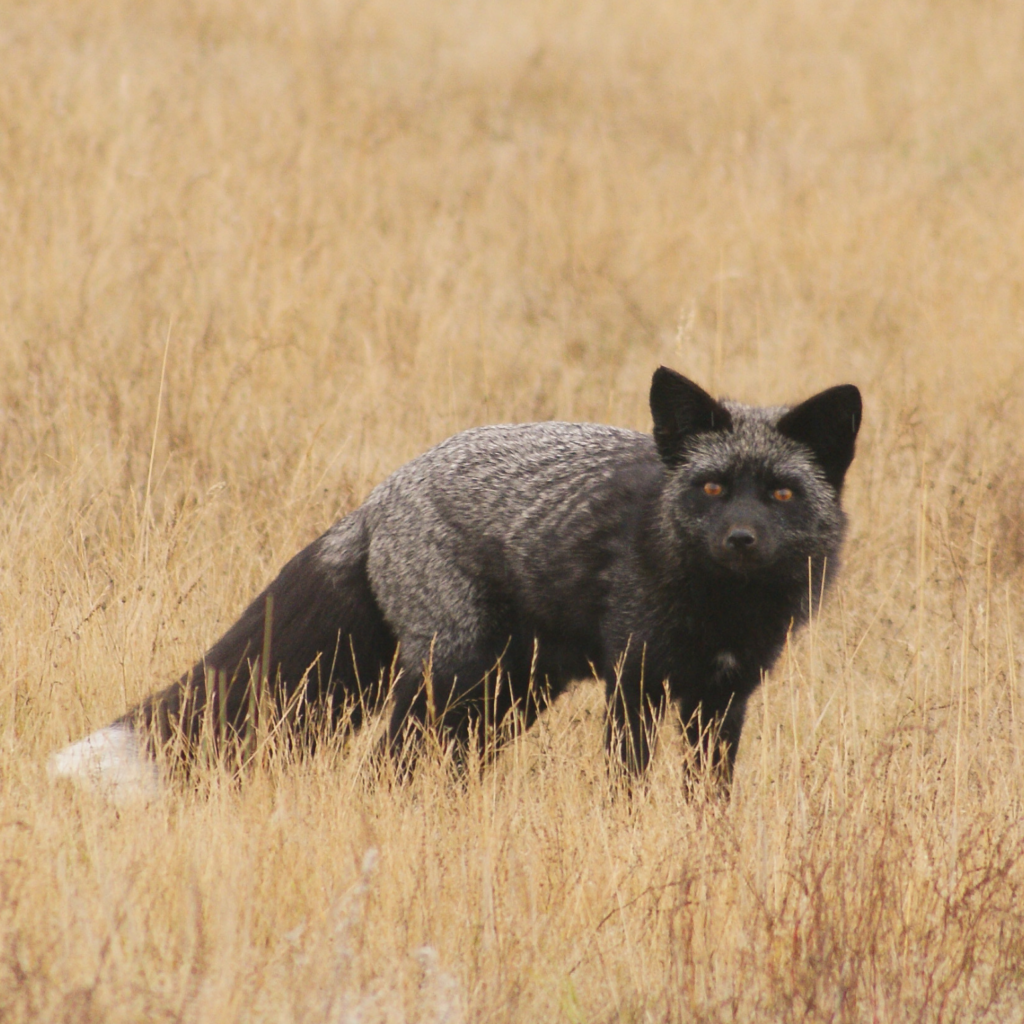
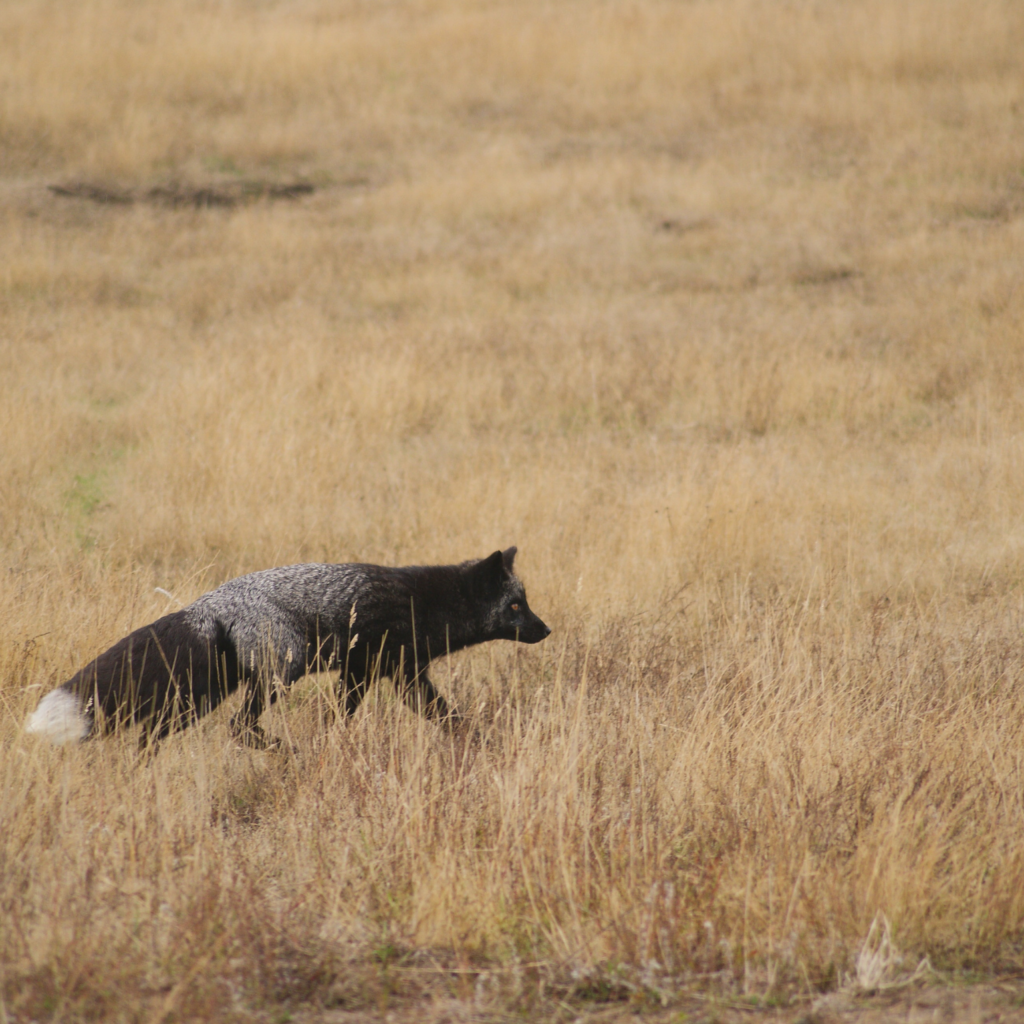
Red Fox: Non-Native San Juan Local
One of the most commonly observed terrestrial mammals on San Juan Island is the colorful red foxes. These small canines come in all sorts of color varieties on the island, from the typical red coat to jet black fur. Despite the diverse color morphs, they are all one species, red fox. This species is not native to the area, instead, they were introduced by humans. In an act to help control the number of European rabbits, local communities brought foxes. As with most human interference in nature, this didn’t go quite as planned. Now red foxes have changed the island’s natural balance and can be found throughout the island from forests to beaches. The best place to observe them is on the southern end of San Juan Island, in the grassy fields where they like to hunt rabbits. I had the most luck driving towards American Camp near South Beach. The fox population of San Juan Island is very habituated to people because of their proximity to humans. It’s tempting to want to get close and approach them, but please refrain and not approach fox closer than 75 feet.
Bald Eagle: San Juan Island’s Flighted Predator
Bald eagles can be found throughout North America, and Washington hosts one of the largest populations of nesting pairs; considered one of the top five states behind Alaska, Florida, Minnesota, and Wisconsin. Bald eagles are especially concentrated within the San Juan Islands, with scientists reporting over 100 active nesting sites. No matter where you might find yourself on the island you are likely to spot their six-foot wingspan flying overhead or observe them perched near the shore. I was lucky enough to be nearly eye to eye with a bald eagle resting on a branch near our stilted deck at the water’s edge. Growing up in Minnesota I was fortunate enough to regularly see bald eagles. But each sighting is no less exciting, this species was once on the brink of extinction. Today bald eagle populations are thriving, and more nest sights are being identified every year across the country.
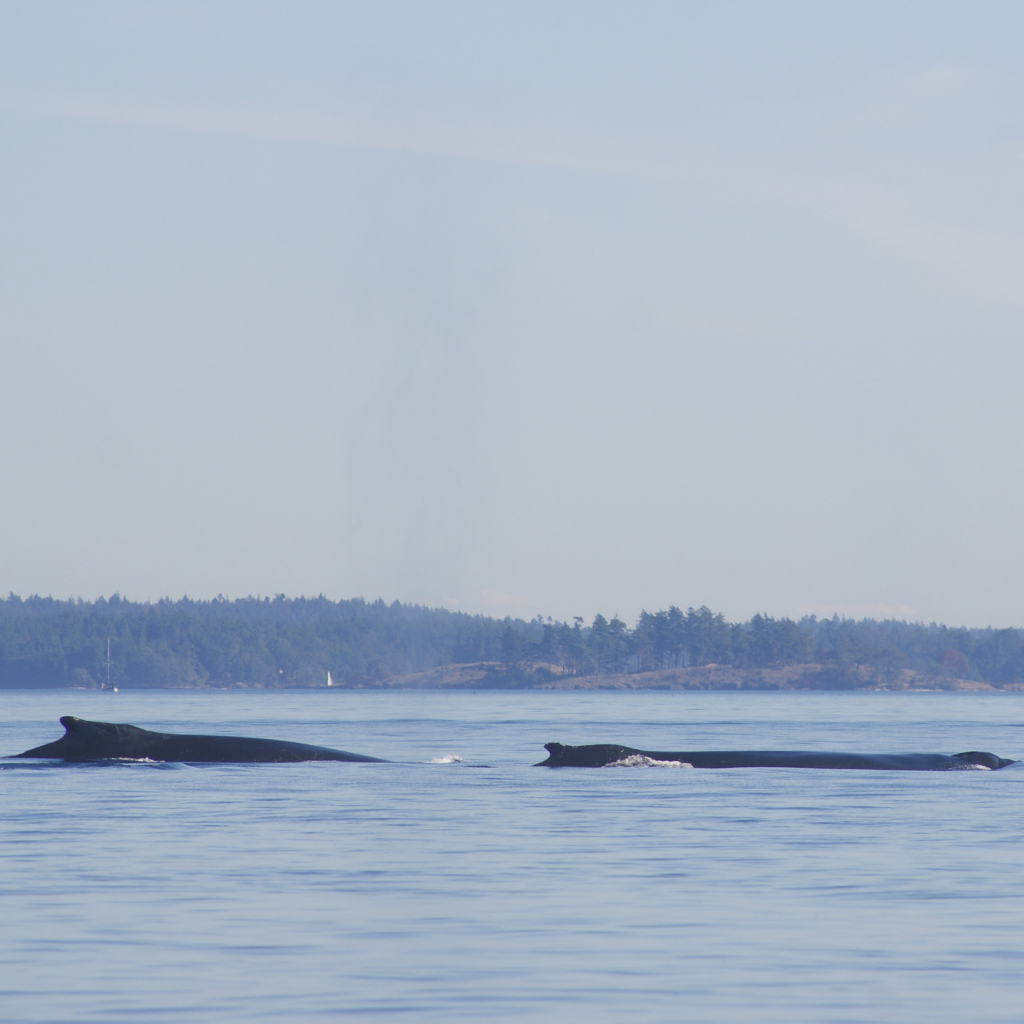
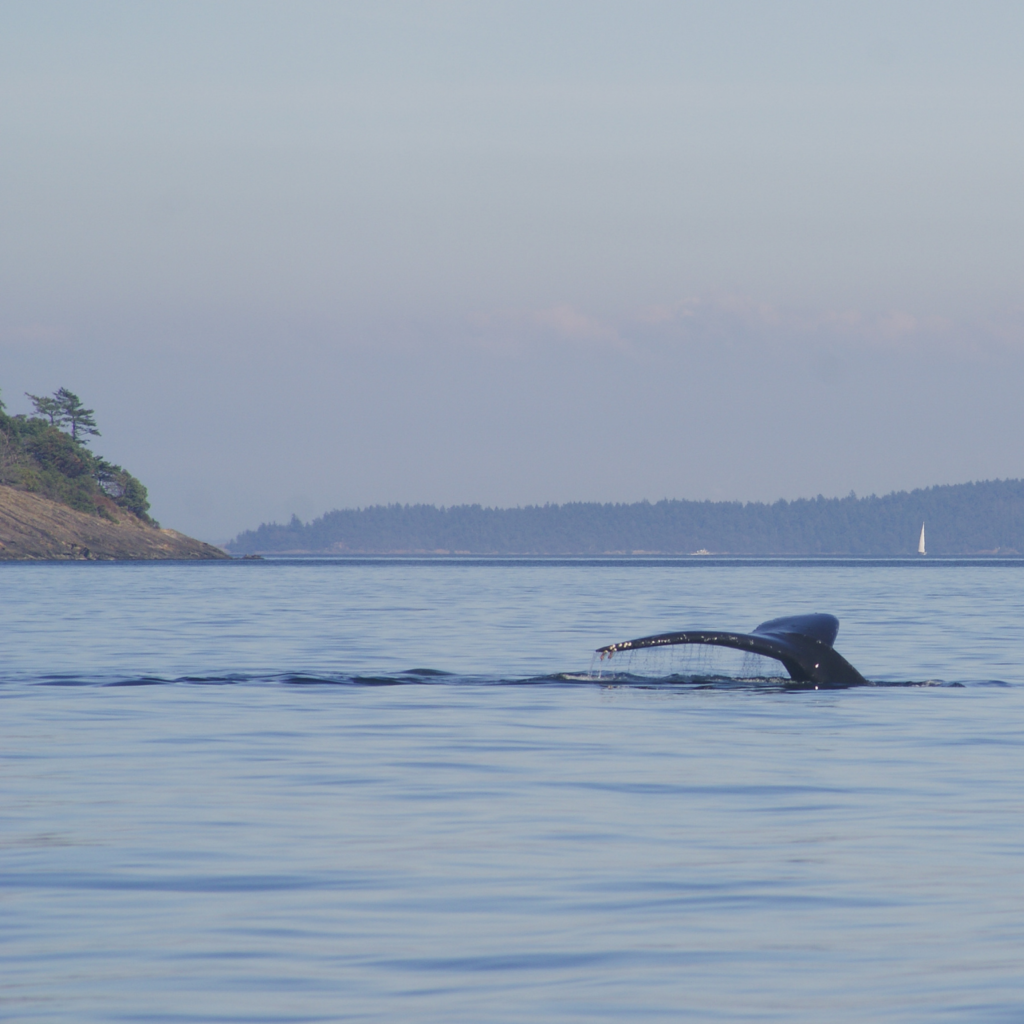
Humpback Whale: San Juan’s Beloved Seasonal Visitors
I had the great luck of seeing two humpback whales not far from Friday Harbor. This species has made quite the comeback in the Salish Sea, with the population expected to be near its carrying capacity for the area. Each year more humpback whales migrate from their breeding and calf-rearing waters of Hawaii to feed in the nutrient-rich waters off San Juan Island. During the fall they will cross the Pacific to more tropical waters for the winter. Measuring nearly 50 feet in length seeing these huge whales in person is quite the humbling sight.
Black-tailed Deer: San Juan Island’s Largest Land Mammal
To most, deer do not seem like a noteworthy species to highlight, but I’m far from typical and thoroughly enjoyed the deer throughout San Juan Island. Native to the island, black-tailed deer are quite abundant with no natural predators. Their population numbers are so high that they are regularly spotted swimming from island to island. As the largest land mammals of San Juan, they are easy to identify. Most consider black-tailed deer a subspecies of mule deer, with close relation to the more common white-tailed deer. Black-tailed deer can be identified by their long ears and tails, both being black on top and white underneath. Please be mindful of deer as you drive the island, they are extremely habituated to humans. In fact, one evening we were stopped for a solid 15-minute minutes as a deer paused in the middle of the road looking back at us. Help give them a break and drive at slower speeds to keep you and the animals safe on the island!
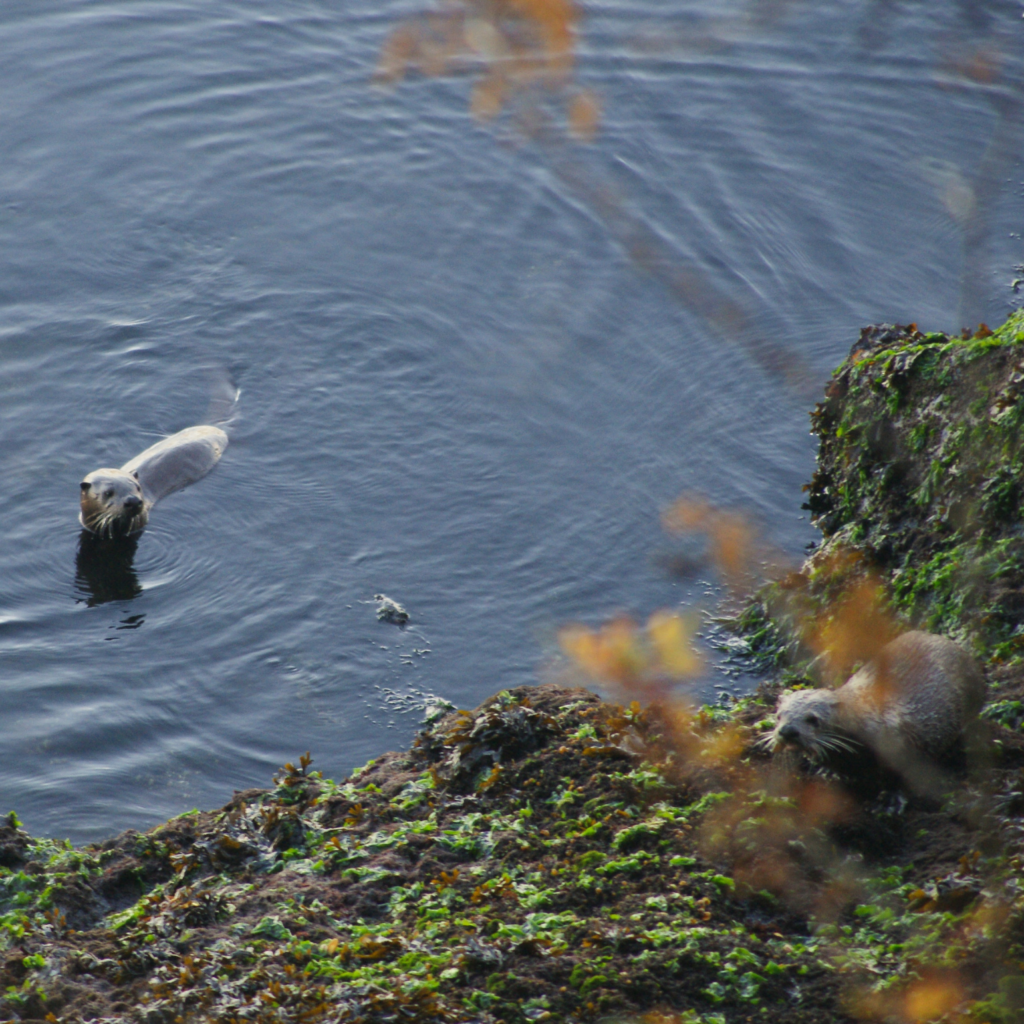
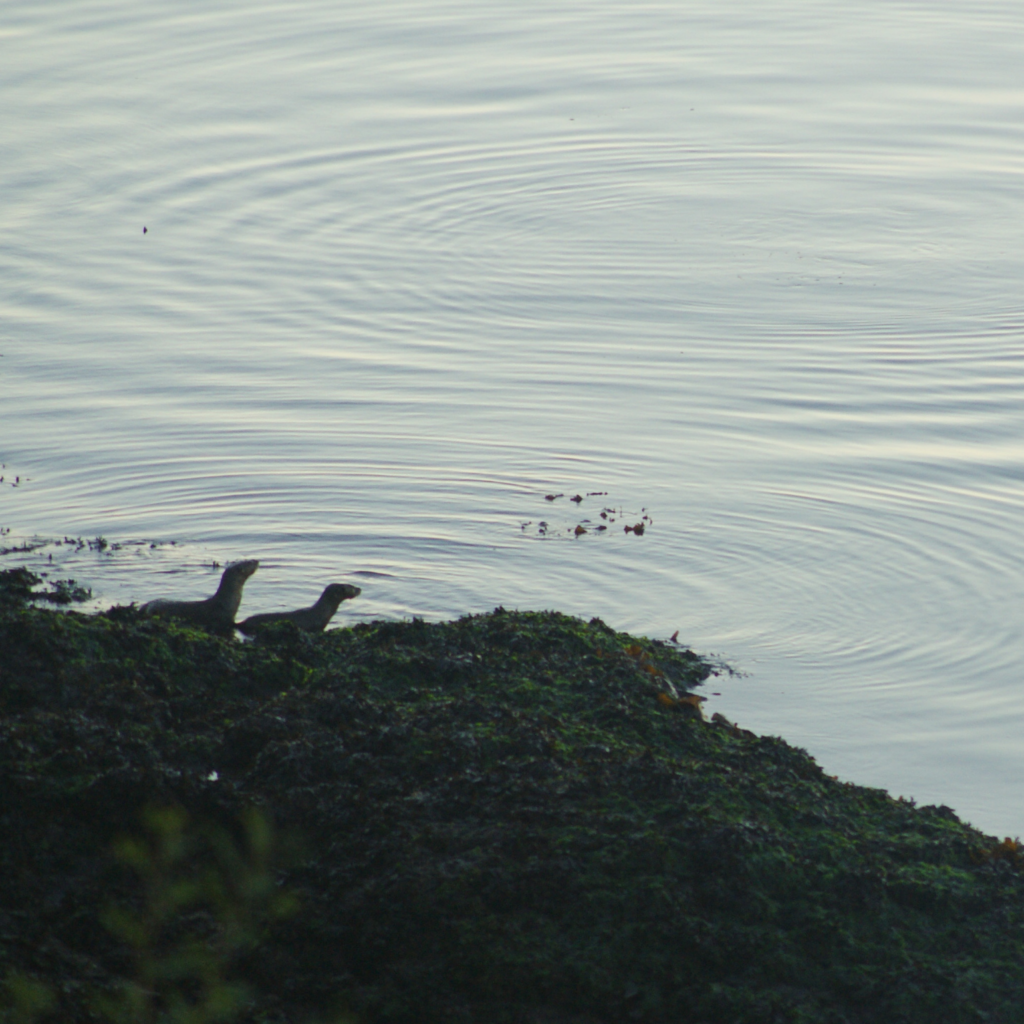
River Otter: Don’t Let Their Name Fool You
Alright let’s get right to it, river otters have a confusing name because they are not only found in rivers. This is especially true for San Juan Island since they are found in both fresh and saltwater habitats, including rivers, lakes, marshes, estuaries, inland wetlands, and coastal shorelines. This makes things a bit confusing when it comes to telling river otters apart from sea otters. The easiest difference is sea otters are MUCH larger than river otters, nearly three times the size! Also, that iconic sea otter back float, well you won’t catch a river otter doing that. I was lucky enough to watch a pair of river otters foraging on the rocky shores right outside our rental house. The two even encountered a harbor seal during their morning snacking. The best way to view river otters is from the water by boat or by hopping in a kayak and exploring the intertidal zones yourself!
Steller Sea Lion: Massive Mammals of the Rocky Shores
I would have loved to observe Steller sea lions off San Juan Island, but during my September visit, we didn’t have any luck spotting these massive mammals. Steller sea lions are considered the largest sea lion species in the world, with males weighing over 2,000 pounds and measuring over 12 feet long. They have certainly earned the title near the top of the food chain, with only certain ecotypes of orcas (Bigg’s) preying on them. Migrating between Alaskan waters and the Salish Sea, Steller sea lions use the San Juan Islands as their feeding grounds typically between September and May. Whether the ‘lion’ part of their name comes from their mane-like necks or their loud grumbly growls, I imagine this species is truly a sight to see.
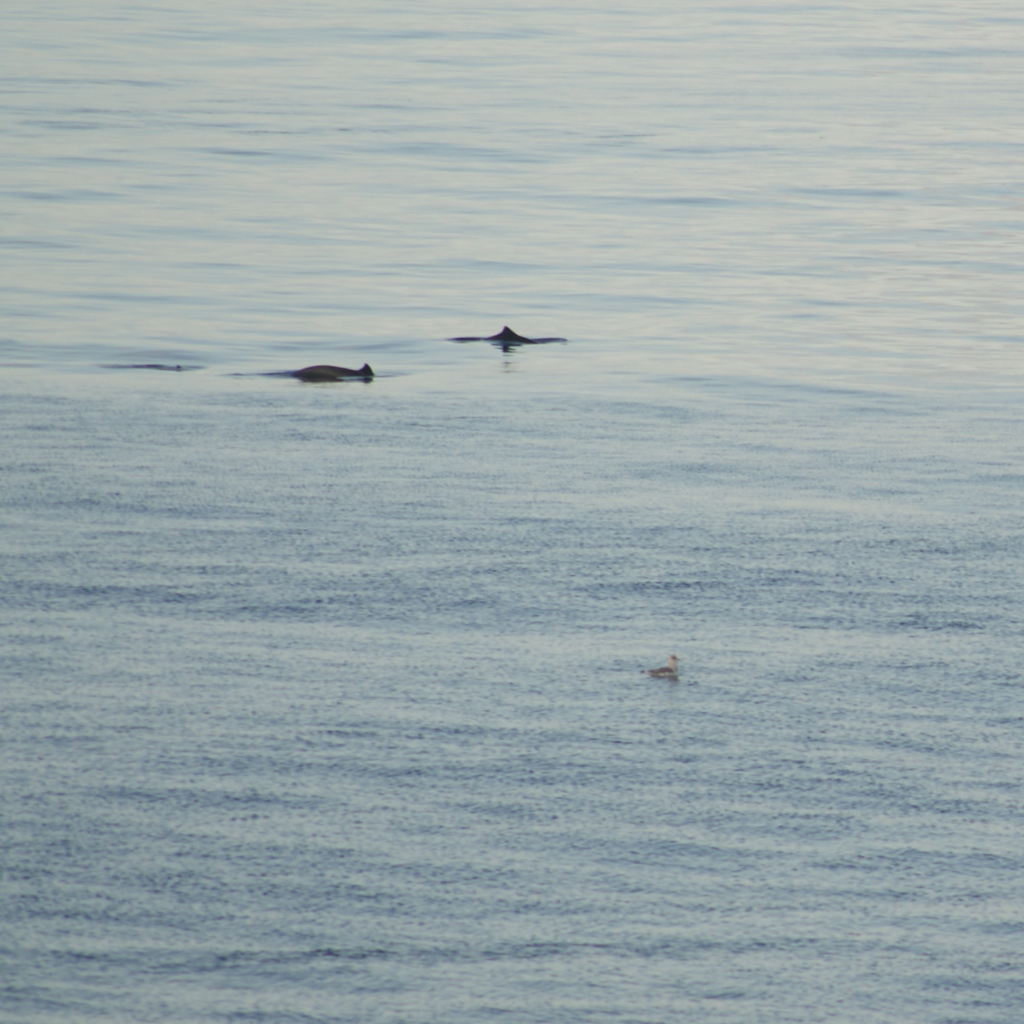
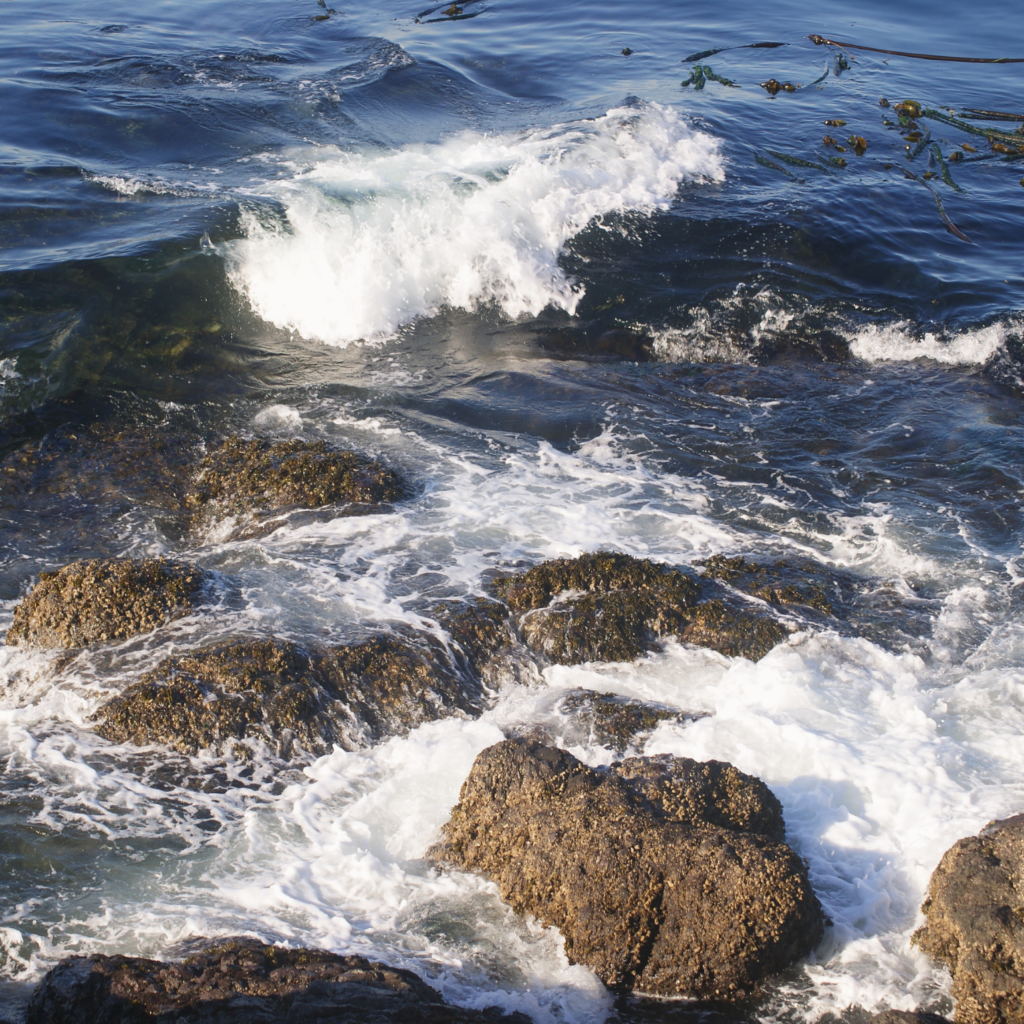
Harbor Porpoise: Petite Cetaceans of the Salish Sea
These marine mammals are considered the smallest cetaceans of the Pacific coast. Harbor porpoises are identified by their petite dark bodies and short, blunt beak. They are typically shy and elusive around boats and people. But in recent years San Juan Island has noticed an increase in population, causing sightings to be a more regular occurrence. Harbor porpoises are usually spotted solo or in small groups of two or three. Little is known about their social structures, but researchers are working to better understand this by charting individual activities using distinguishing dorsal fin features.


